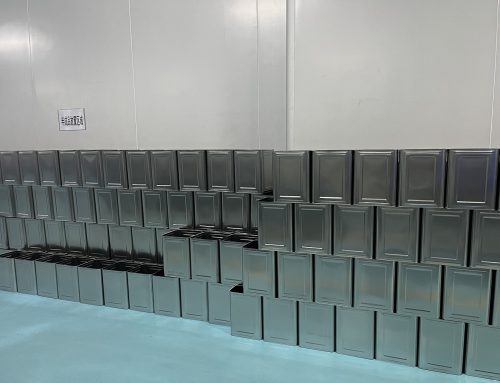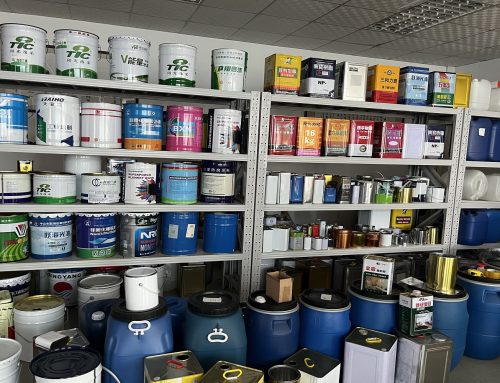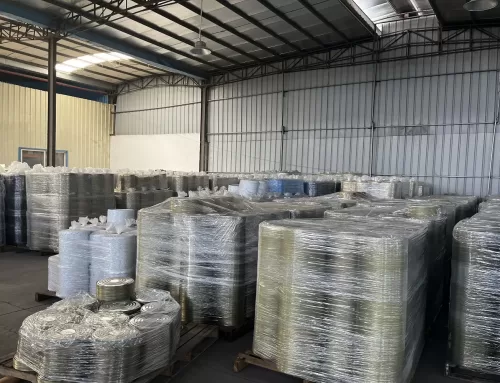The corrosion resistance of plain canned foods, such as orange and pineapple, is maintained by using plain iron to preserve the flavor and color of the food inside the can. Most of these foods are acidic, and therefore, high corrosion resistance of the can is required. The main factors related to corrosion are the material of the tinplate used for can making, the type of content, the canning conditions, and the storage conditions.
Looking at the tinplate material, in an oxygen-free acidic environment, tin is first corroded and dissolved, thereby protecting iron. To improve the corrosion resistance of the tinplate, strict production control is required, and high corrosion-resistant plates (i.e., K-plates) should be provided to customers.
The corrosion resistance of coated cans: to reduce costs and save precious tin resources, people no longer increase the tin coating layer to improve corrosion resistance. Instead, they use a lower tin coating layer to coat the can and improve its lifespan. Coating can also prevent sulfur-containing protein foods from producing sulfide blackening. For beverages, beer, and other foods that are sensitive to the presence of dissolved metals in small quantities, coated cans are used.
It is essential to ensure that the coating is complete without defects.
The can is no longer protected from substrate corrosion by the dissolution of tin, and the paint layer becomes the first line of defense. Some experiments have shown that canned goods with defective coatings have a much shorter shelf life than those without coatings. Therefore, it is necessary to prevent damage to the coating, such as scratching, damage to the flanging area, or coating peeling during the stamping process of the can lid. To ensure the quality of the coating, multiple coatings are sometimes applied. For strongly acidic beverages, internal spraying is necessary after can production to prevent rapid corrosion and even leakage.




